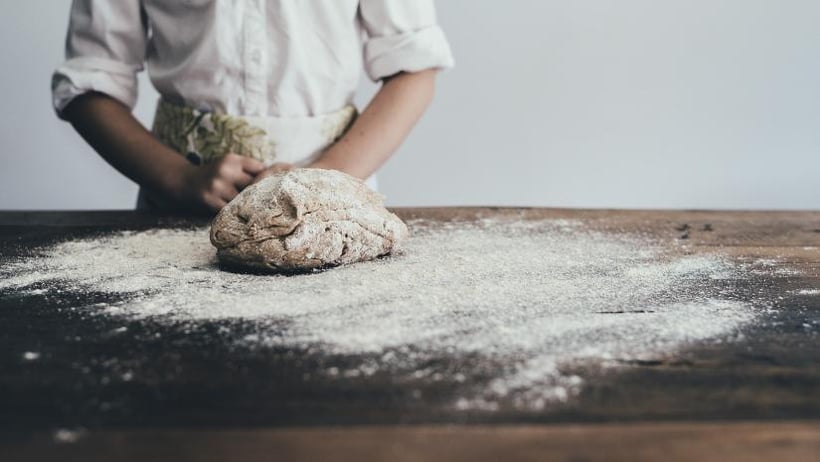
A study published by Cambridge University Press is providing insight into the E. coli 0121 outbreak that came from flour back in December 2016. The study analyzes how the Public Health Agency of Canada (PHAC) approached the initial outbreak and why determining the source of the outbreak was difficult based on the interview methods and strategies used. The study also points to how dried goods such as flour can be difficult to identify as food-borne illness sources and why exactly that is the case.
What happened during the outbreak?
This was the first E. coli outbreak in Canada that did not involve the strain E. coli 0157. Initially, there was a cluster of six cases in December 2016, but this eventually expanded up to 30 confirmed cases by April 2017. Out of those affected, the ages ranged from 2—79 years old and eight people were hospitalized. One person developed hemolytic uremic syndrome, but fortunately, no one died from the illness.
After a lengthy investigation and many interviews, PHAC was finally able to determine that the source of the E. coli 0121 outbreak was flour. This was achieved by conducting open-ended interviews where interviewees were asked about their cooking and baking habits, as opposed to a closed-ended hypothesis-generating questionnaire.
This interview strategy revealed that those who fell ill had consumed raw flour through raw batter or dough. This led to testing being conducted on flour samples from patients’ homes with a total of 109 samples from 257 bags of Robin Hood flour being sampled. The results revealed the outbreak strain was in several Robin Hood brand flour products ranging in different sizes and with production dates from September to November 2016.
What does the study tell us about E. coli in flour?
The study illustrates that flour can easily be overlooked as the source of a food-borne illness outbreak. The history of E. coli outbreaks tends to point investigations in a direction of looking at meat as the source of an outbreak. This is because E. coli outbreaks tend to stem from certain food items such as undercooked ground beef. This was the initial suspected source in the beginning of the outbreak investigation, especially since many of the ill patients had reported eating ground beef. This meant that less likely sources of E. coli infection, such as flour, were not looked into at the beginning.
The study also points to how flour can be a tricky source to identify due to people not often recalling that they had eaten raw flour. Many of the interviewees did not initially report consuming raw flour, and it was only after having open-ended discussions with investigators that they were able to recall consuming raw flour during baking or cooking. Since consuming flour seems so harmless — and it is not a common source of food-borne illness — people do not seem to pay much attention to consuming it.
E. coli risks in unsuspecting places
The results of the study point to larger food safety issues in Canada with regards to knowledge about food-borne infections. Potentially hazardous foods are common sources of food-borne illness outbreaks and it is common knowledge to handle, store, prepare and cook them properly. However, more awareness needs to be spread on properly handling and cooking dried goods such as flour in order to prevent food-borne illness.
Many people also believe that it is okay to consume raw batter or dough by tasting it while cooking or licking the spoon. This E. coli outbreak illustrates that doing this is not safe and that contracting a food-borne illness could be the result. Spreading awareness about unsuspecting places that E. coli can be lurking can help to change these behaviours.
Remember — E. coli infection is a serious health issue that can make people very ill. E. coli can cause serious, life-threatening illnesses, and is particularly dangerous for certain high-risk groups, such as pregnant women, young children, the elderly and immunocompromised people. It is vital that food businesses prepare all food properly and safely — no matter what type of food or whether it is considered potentially hazardous or not. Doing so will keep customers safe and prevent food-borne illness outbreaks.
To learn more about potentially hazardous food, download the CIFS Guide to Potentially Hazardous Foods.




